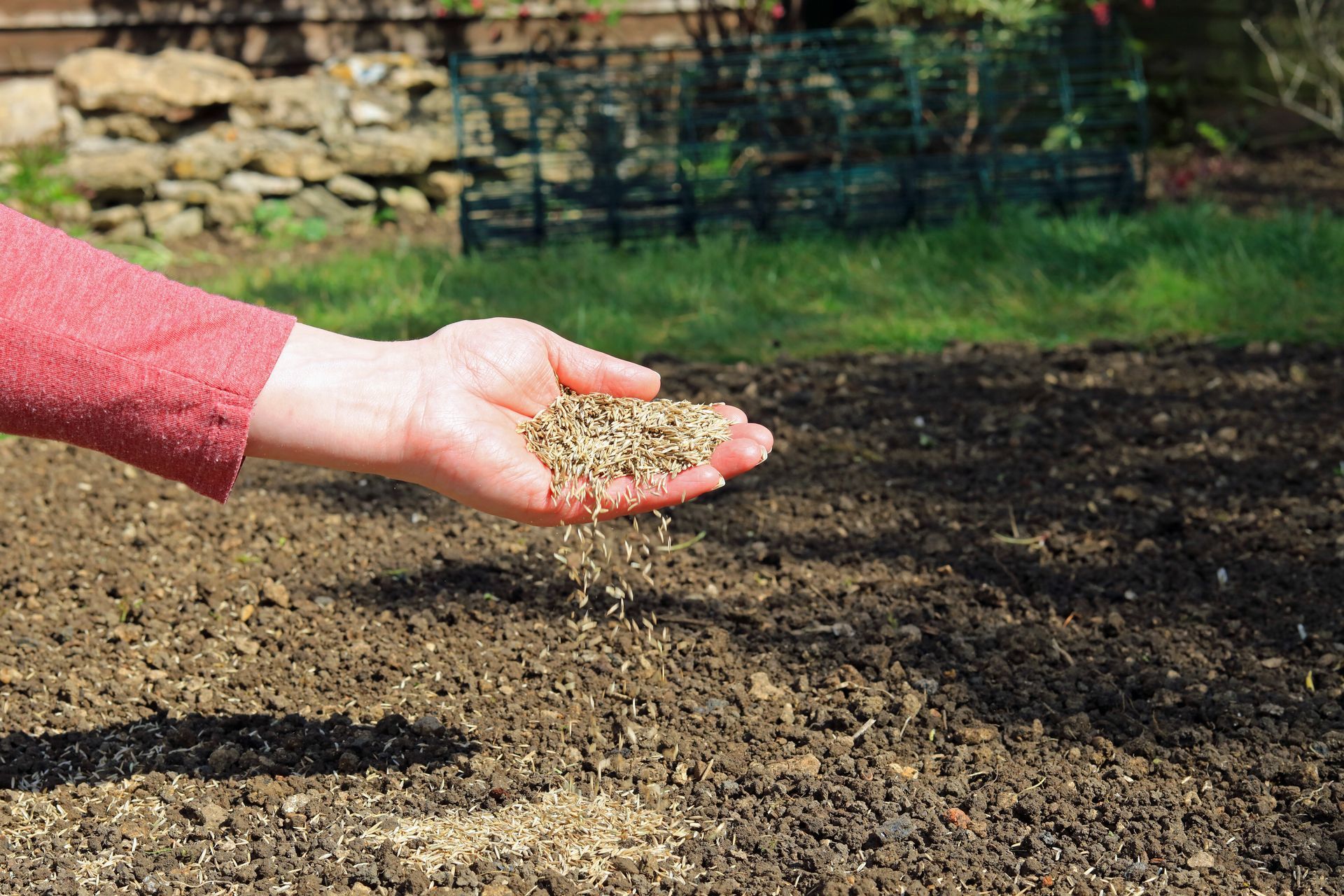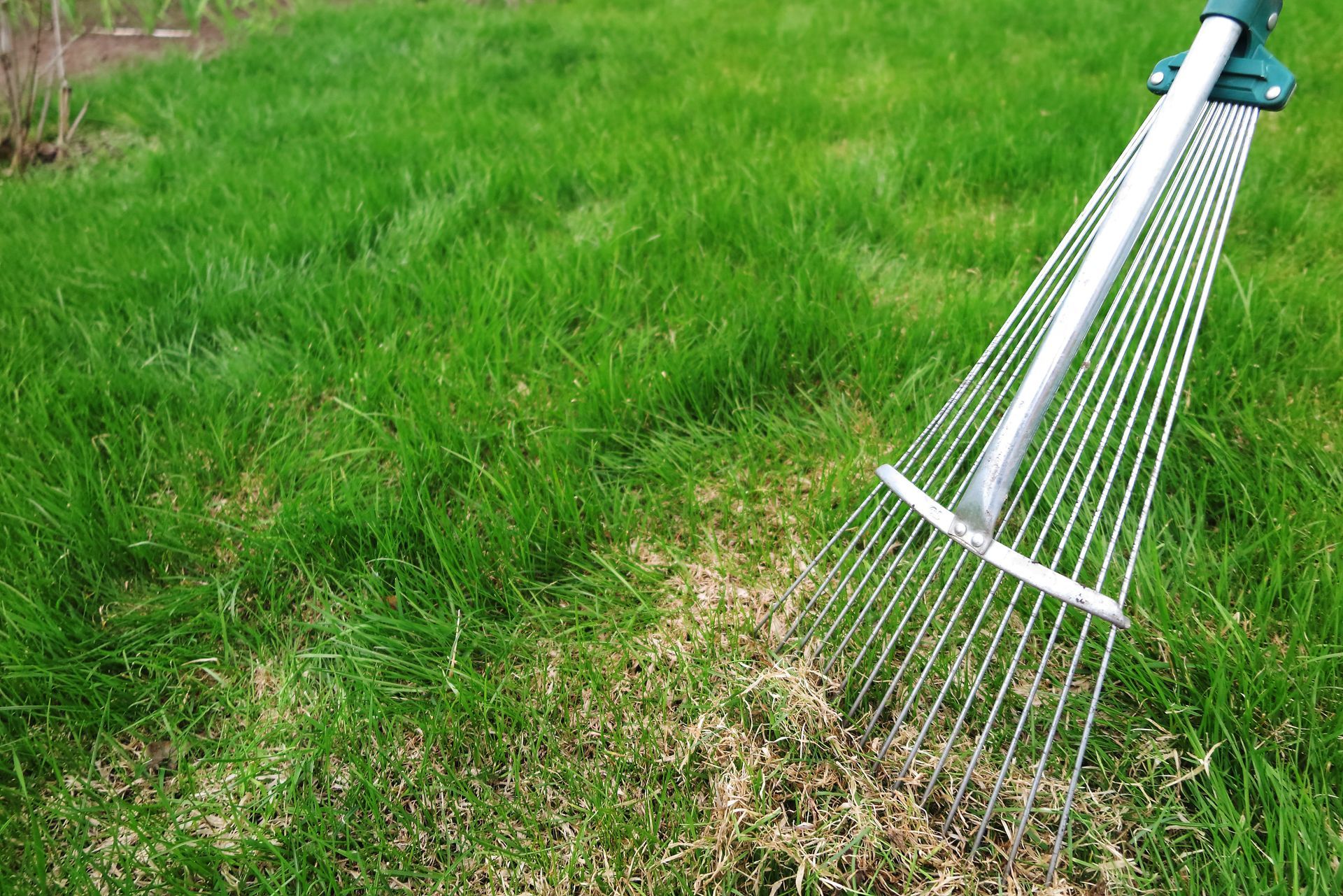August 28, 2023
Fall Lawn Care Tips: Transitioning from Summer to Fall
Can you hear that? It’s the crunch of falling leaves underfoot as the seasons begin to change. Summer is coming to an end. While you may welcome the changing color of the leaves, you don’t want to see the same yellow and brown hues on your lawn. The cool-season grasses of Southeast Michigan thrive in the fall, so now’s the perfect time to help your yard recover from the summer stress. Here are some fall lawn care tips to help keep your lawn healthy and prepared for the long, cold winter ahead.
Understanding Fall Lawn Care in Southeast Michigan
Fall is the best medicine for summer lawn stress. Increased rainfall and cooling soil temperatures help your grass regenerate its root system, improve density, and store up nutrients. Proper fertilization during fall gives your lawn the extra boost to repair damage and develop the hardiness it needs to help sustain it through the freezing months.
Slow-release fertilizers provide a steady supply of nutrients over 8-12 weeks. Before you can apply this timed nourishment, there are a few post-summer steps you need to take to maximize the effect of slow-release fertilizers.
- Mow your lawn to the right height to make sure the fertilizer penetrates the soil and reaches the roots.
- Check for bare patches, signs of disease, or pest infestations.
- Remove debris from your lawn, like leaves, twigs, grass cuttings, and any thatch that has accumulated over the summer months.
Applying Pre-Fall Slow-Release Fertilizers To Your Michigan Lawn
Slow-release fertilizers are specially formulated to feed your lawn gradually. They contain insoluble compounds that break down slowly in the soil through microbial activity and other processes based on the ratio of nutrients. Unlike standard fertilizers that can burn grass if over applied, slow-release provides a steady, metered release that promotes uniform growth without wasting nutrients. Below is a step-by-step guide for preparing and applying slow-release fertilizers.
- Test the soil to determine the current nutrient and pH levels so that you choose the right type of fertilizer.
- Overseed thinning or bare areas in the lawn to help increase grass density.
- Choose the appropriate slow-release fertilizers. You want to double-check that the fertilizer has the right nitrogen-phosphorus-potassium ratio according to the current health of your grass.
- Calculate the application rate according to the manufacturer’s instructions and follow the recommendations for the fall lawn fertilizer schedule.
- Divide your lawn into sections and apply the fertilizer using proper equipment, like a rotary spreader, to make sure the coverage is even.
- Water your grass immediately after the application. Fall brings rain, so make sure you’re not over-watering as you head into winter.
Though the temperatures are cooling down some, summer isn’t over just yet. You may have applied the food, but you still need to water on a fall lawn schedule and mow your lawn to the recommended height. Falling leaves can create thatch buildup and block the soil from getting sun, air, and water, so make sure you regularly remove leaves, twigs, and grass cuttings.
Work With The Best Lawn Care Services in Southeast Michigan
At Visionary Fertilization, we understand the importance of keeping your lawn hydrated and fed so it can thrive even during winter. That’s why part of the Visionary Fertilization’s 7-Step Treatment Program includes applying slow-release fertilizers in the fall. Locally owned and operated, we are always researching organic and safe ways to keep your grass green and healthy year-round. If you notice bare patches, yellow or brown grass, or just want to set up routine lawn care, call our team or get a free estimate today.




